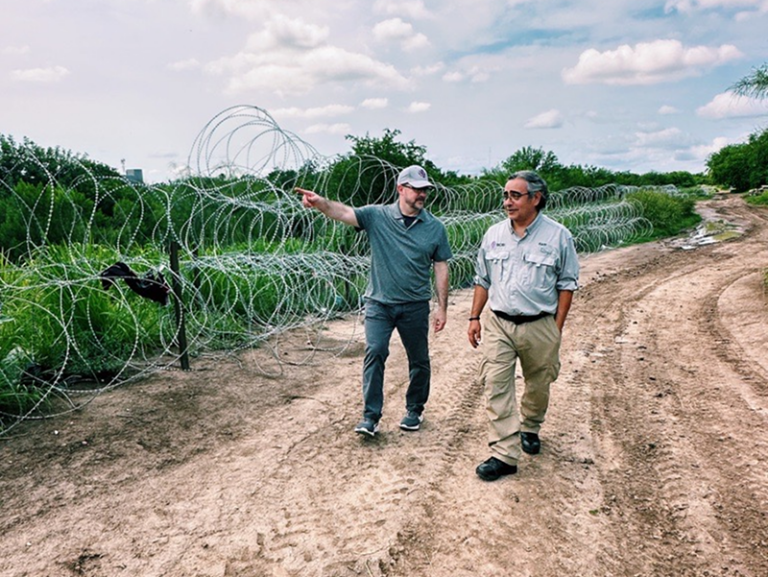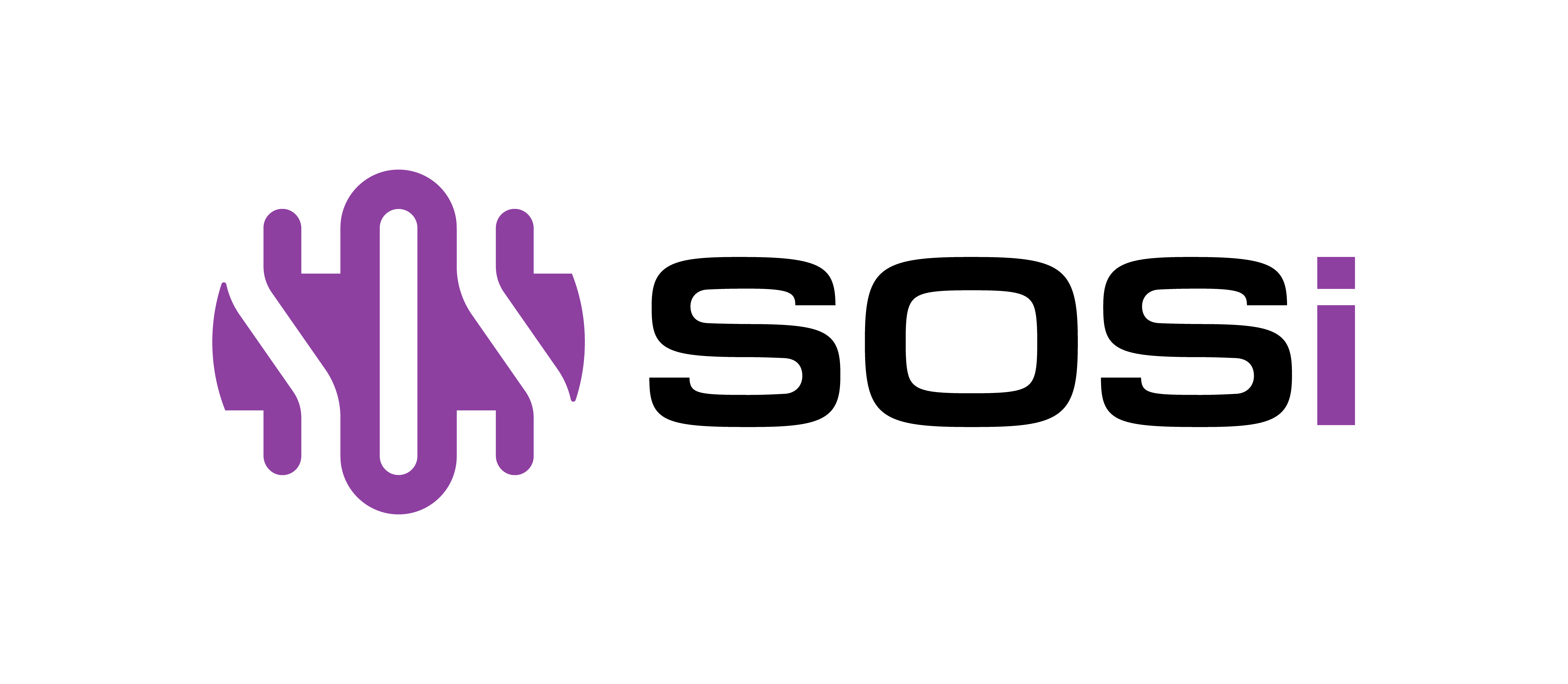
This is the second installment in SOSi’s four-part “Connected Enforcement” blog series exploring the challenges and opportunities for modernization across immigration operations.
In an era of declining personnel resources and increasing operational demands, border security agencies face a critical challenge: how to maintain and improve effectiveness with fewer experienced agents. The answer lies in strategic technology deployment as a force multiplier — tools and systems that exponentially increase the capabilities of existing personnel.
The Workforce Reality
The Border Patrol’s workforce peaked at approximately 21,370 agents in 2016 but has since declined to around 19,500 agents as of recent reports. Even with aggressive recruitment efforts and incentives, rebuilding the workforce to previous levels could take several years due to ongoing hiring and retention challenges.
“Our current personnel deficit represents more than just a numbers challenge,” said SOSi Operations Manager and former Border Patrol Assistant Chief Ramiro Garza. “We’re also experiencing a significant loss of institutional knowledge as veteran agents with decades of experience retire or transfer to other positions.”
This personnel shortage coincides with a generational shift in the workforce itself. “Today’s agents have fundamentally different capabilities and expectations than previous generations,” SOSi consultant and former Border Patrol Chief Raul Ortiz said. “They bring digital fluency and technological aptitude that creates new opportunities for operational innovation.”
The Force Multiplication Equation
Rather than viewing these workforce changes as purely challenges, forward-thinking leaders recognize them as opportunities to reimagine border operations through technology.
“Strategic technology implementation can generate exponential returns on enforcement capability,” Ortiz said. “For agencies to succeed with current staffing levels, technology integration must parallel recruitment initiatives to generate immediate operational momentum.”
The concept is straightforward: a single agent enhanced by appropriate technology can accomplish what previously required multiple personnel. As Garza puts it: “The most impactful improvement available to border agencies today is the integration of artificial intelligence with existing sensor networks and operational data repositories.”
Leveraging Historical Data Through AI
One of the most promising applications is using artificial intelligence to analyze vast stores of data collected over decades of operations. This approach could help recover the institutional knowledge being lost as veteran agents depart.
Garza described a powerful example from his early career: “At Rio Grande City station in the early 2000s, agents with 25 years of experience could interpret minimal sensor activations with extraordinary accuracy, instantly recognizing patterns that signaled specific types of incursions. They achieved this through decades of observing correlations between sensor data, weather conditions, and adversary behavior.”
Today’s mobile workforce can’t replicate this depth of local knowledge. “In the current career progression model, agents rarely spend more than a few years in a single location,” Garza said. “The solution is AI systems trained on historical data that can recognize patterns and provide insights that previously required decades of experience to develop.”
Mobile Solutions for a Modern Workforce
Today’s agents naturally gravitate toward mobile technology. Ortiz said he recently observed a newly-deployed agent apprehend several individuals, immediately pull out his smartphone, and begin processing them through a mobile application. “When I told him we used to do it with a clipboard and a pencil, he said that this was the only system he’d ever known.”
These mobile solutions deliver immediate benefits. “The integration of location-sharing technology has already transformed field operations,” Ortiz said. “During critical incidents, agents can now precisely locate colleagues and resources in real-time, significantly enhancing coordination and safety.”
Sensor Integration and Real-Time Awareness
The integration of sensor data with AI analytics represents another significant force multiplier. Ortiz predicts the future of border security will include full automation of surveillance systems. “Rather than personnel monitoring camera feeds, AI will identify and categorize potential threats, directing human attention only where it’s most needed,” he said.
Garza agreed, saying this evolution aligns with the preferences of today’s workforce. “When technology can increase the probability of successful enforcement encounters, agents become more engaged and effective,” he said. “Predictive analytics that identify high-probability targets optimize agent deployment and maximize operational impact.”
SOSi’s Approach
SOSi brings a unique perspective to these challenges, combining deep operational knowledge with technical expertise. Our approach focuses on:
- Operational AI: Leveraging historical data to identify patterns and predict activity
- Mobile-First Solutions: Developing tools optimized for today’s digital-native workforce
- Sensor Integration: Creating unified views of disparate sensor feeds
- Rapid Deployment: Delivering capabilities that work within existing frameworks
By understanding both technical requirements and operational realities, SOSi develops solutions that multiply the effectiveness of today’s border workforce while preparing agencies for future challenges.
Looking Forward
Technology is not just a tool for border security — it’s a strategic imperative that will determine the effectiveness of immigration enforcement for decades to come. As physical infrastructure and technology work together, agencies can overcome personnel shortages while improving operational outcomes. The most successful organizations will be those that embrace technology not as a replacement for human judgment, but as a force multiplier that enhances the capabilities of every agent in the field.

